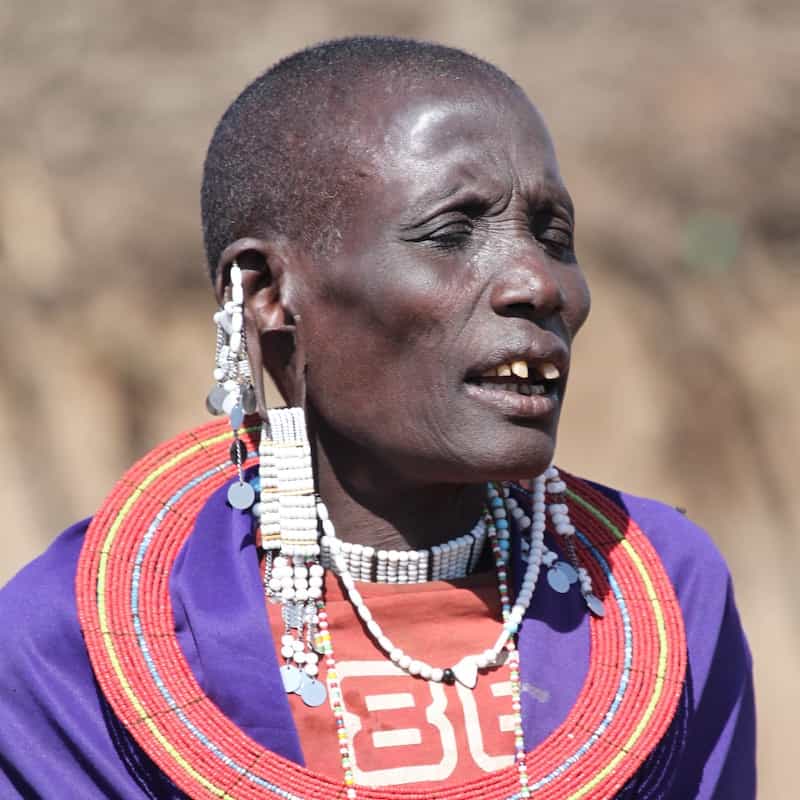Menu
The Ngorongoro Conservation Area, a World Heritage Site and Biosphere Reserve, was established in 1959 as a multiple land use area designated to promote the conservation of natural resources, safeguard the interests of indigenous residents, and promote tourism.
Man and his ancestors have lived in the Ngorongoro ecosystem for more than three million years. The main features of the Ngorongoro Conservation Area include the Ngorongoro Crater, the Serengeti Plains (short grass plains) that support migratory wildlife counted in the millions and the the Northern Highland Forest Reserve.
The Ngorongoro Crater is the largest intact caldera in the world. Surrounded by an extensive highland area, the 600 m deep crater is one of the most beautiful wildlife havens on earth.
The fact that that crater is home to around 30,000 animals and that it enjoys the highest concentration of game in Africa means that it's one of the best and easiest places for game viewing. Most of the wildlife never leave the crater so game viewing is excellent all year round (although the drier months make them easier to spot).
The Big Five are present here and you may very well see all of them in a single day. Some of the largest elephant tuskers can be found here. Lions are plentiful on the crater floor, and leopards stalk the rim.
Other wildlife includes wildebeest, zebra, spotted hyena, serval, and much more. Birdlife is excellent with over 200 species including huge flocks of flamingos in the soda lake and many raptors soaring the skies above, ready to strike.




